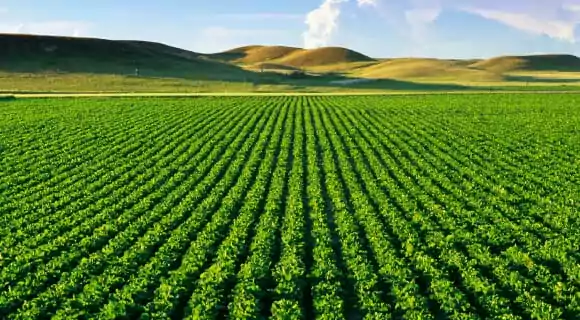Moving away from monoculture
Meherbaan · 8 months ago
Monoculture isn't the only way to grow crops; other ways don't put the environment at risk as much. Switching to sustainable agriculture has many advantages, but maintaining plant diversity is vital. Maintaining biodiversity sustains ecosystem services that increase yields, such as biological control, unmanaged pollination, and waste disposal services. It also maximizes land fully for production since different species of plants can thrive on the same field at different seasons of the year. In monocropping, the land lies idle once the growing season is over. Farmers need to start looking at other types of farming that are more environmentally friendly than monoculture. Thankfully, there is more than one way to practice sustainable agriculture. We have; Polyculture Polyculture is the practice of simultaneously growing different crops on the same piece of land. One key benefit is that some crops can serve as pest repellents for other crops. Polyculture also increases soil fertility and water retention. Conservation agriculture This farming system tries to replicate natural ecosystems as much as possible. It promotes minimal soil disturbance, diverse plant species, and permanent soil cover. Conservation agriculture's most significant advantage is that farmers have a higher hope of stable yields. Crop rotation A rotation system allows a farmer to plant different crops on the same field in sequence. Crop rotation interrupts pest cycles and removes pathogens. It also helps revitalize and balance the soil. For example, planting nitrogen-loving vegetables after legumes keeps the soil nitrogen balanced. Permaculture Permaculture is a sustainable food production system that embraces the whole concept of sustainable living. Its key aspect is eliminating resource waste, and it encourages slow consumption.
